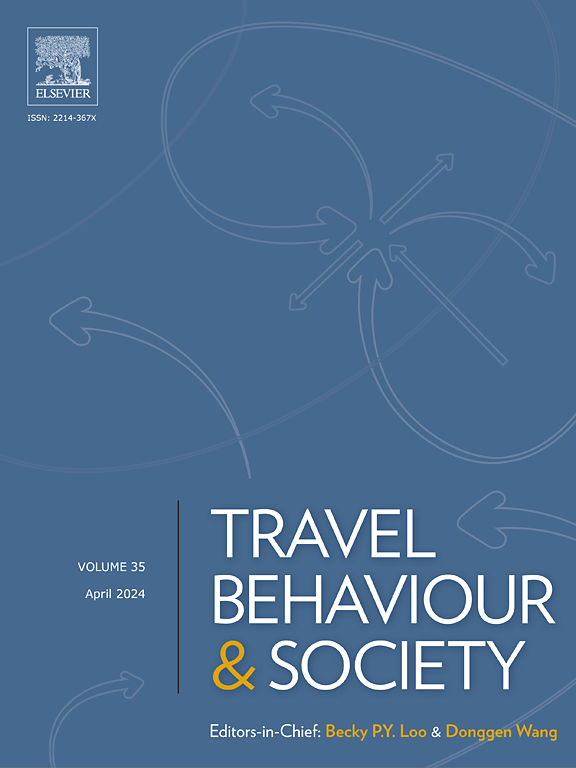步行:城市政策能鼓励步行吗?
IF 5.7
2区 工程技术
Q1 TRANSPORTATION
引用次数: 0
摘要
近几十年来,随着促进可持续和健康的交通方式的必要性的增长,walkability作为一个可步行环境的术语出现了。本文旨在了解促进步行性的城市规划政策在改变出行行为方面的作用,以及这些政策对城市内不同人群的影响。本文将重点放在华盛顿州的西雅图,因为近几十年来,它采用了可持续的、创新的城市和交通政策,引起了国际社会的兴趣,而且该市存在着长期以来的比较数据。采用定量与定性相结合的多阶段方法和数据,首先分析了改善步行性指标的主要政策和项目,然后按模式共享、性别、年龄、收入群体和出行目的对出行行为调查结果进行了分析,并对结果进行了汇总。我们的研究结果表明,西雅图的计划和项目明确关注改善步行性,随后在2006年、2017年和2019年期间,步行旅行的比例大幅上升,主要是以汽车旅行为代价的。该研究解释了这些政策对不同人口群体的不同影响,并指出了城市政策在创造适宜步行的可持续城市环境方面的重要作用。本文章由计算机程序翻译,如有差异,请以英文原文为准。
Walk the Walk: Can urban policy encourage walking?
In recent decades, as the necessity to promote sustainable and healthy transportation modes has grown, walkability emerged as a term for a walkable environment. This paper aims to understand the role of walkability-promoting urban planning policies in changing travel behavior, and the influence such policies have on different population groups within the city. The paper focuses on Seattle, Washington, because in recent decades it has adopted sustainable and innovative urban and transportation policies that are generating international interest, and because comparative data over time exists for the city. Using a multi-stage methodology, combining quantitative and qualitative methods and data, we first analyzed major policies and projects that improved walkability indicators, and then analyzed the results of travel behavior surveys by mode share, and by gender, age, income group, and trip purpose, and aggregated the results. Our findings indicated that Seattle’s plans and projects, focused explicitly on improving walkability, were followed by a strong rise in the share of walking trips between 2006, 2017, and 2019, mostly at the expense of car trips. The study explains the differential impact these policies had on various population groups, and points to the vital role of urban policy in creating a walkable, sustainable urban environment.
求助全文
通过发布文献求助,成功后即可免费获取论文全文。
去求助
来源期刊

Travel Behaviour and Society
TRANSPORTATION-
CiteScore
9.80
自引率
7.70%
发文量
109
期刊介绍:
Travel Behaviour and Society is an interdisciplinary journal publishing high-quality original papers which report leading edge research in theories, methodologies and applications concerning transportation issues and challenges which involve the social and spatial dimensions. In particular, it provides a discussion forum for major research in travel behaviour, transportation infrastructure, transportation and environmental issues, mobility and social sustainability, transportation geographic information systems (TGIS), transportation and quality of life, transportation data collection and analysis, etc.
 求助内容:
求助内容: 应助结果提醒方式:
应助结果提醒方式:


